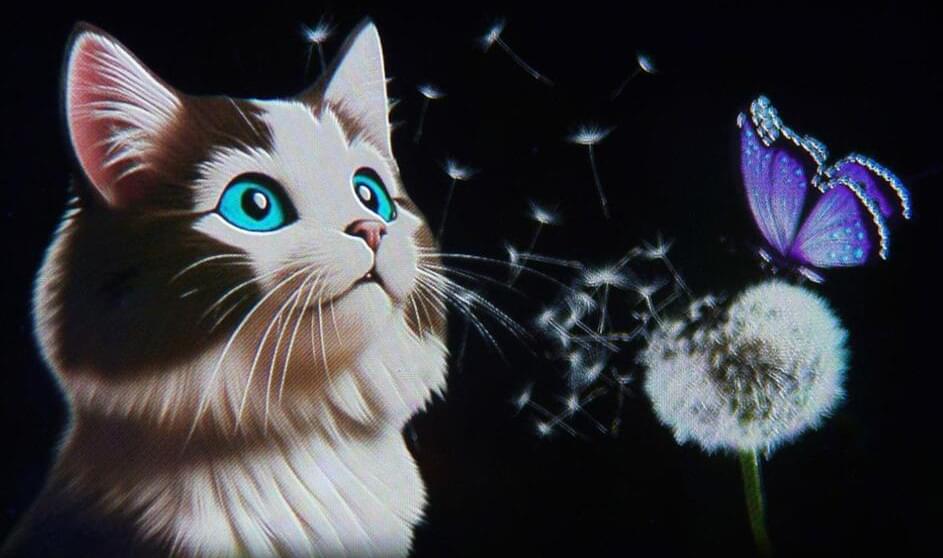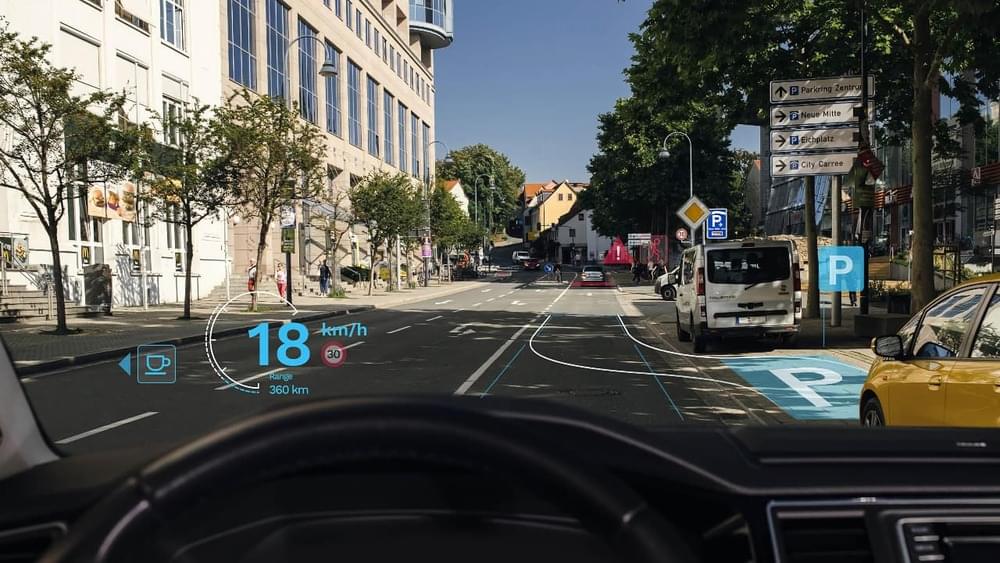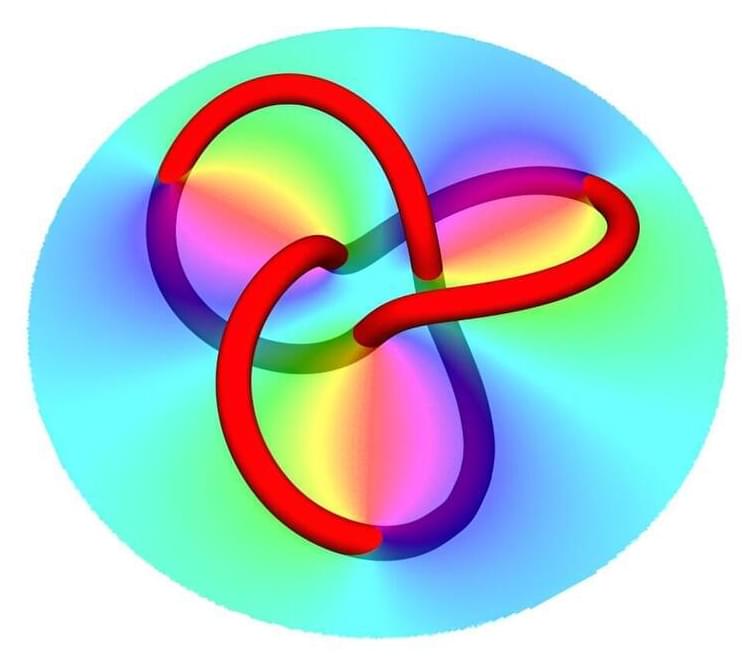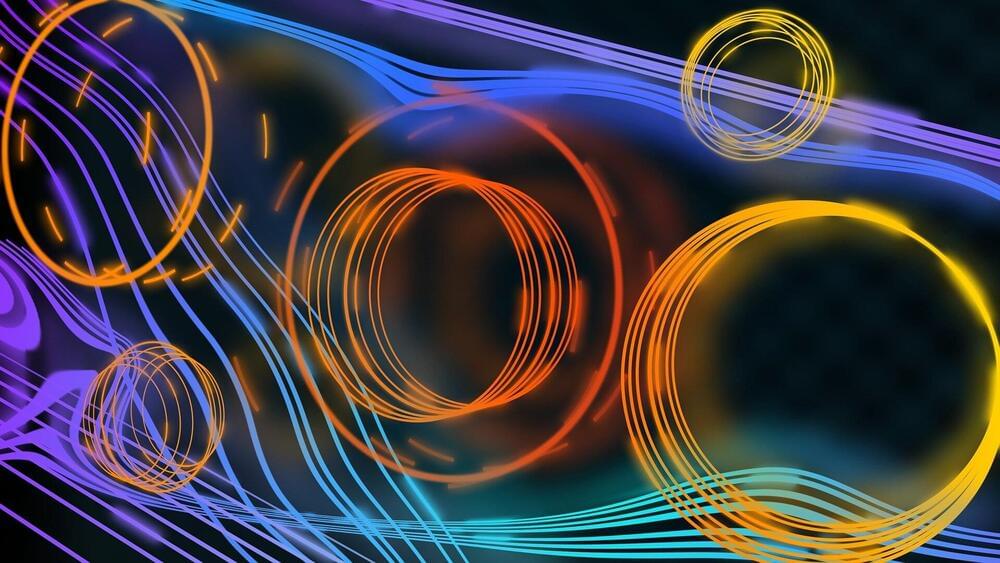Archive for the ‘holograms’ category: Page 3
Jan 19, 2024
World’s first ‘retina resolution’ holograms are here, startup claims
Posted by Dan Breeden in category: holograms
UK startup VividQ claims to have created the first-ever holograms with a “retina resolution.”
The milestone means holography can now match the resolution and real-life focus cues expected by the human eye, according to VividQ. The result is a “more natural viewing experience than ever before,” the company said. It now plans to deploy the tech in next-generation VR headsets.
To create the holograms, the company engineers light waves to render objects in 3D space. The technique mirrors the way we see objects because they reflect light into our eyes. In holography, software sets the light pathways.
Jan 13, 2024
Holoconnects brings the future of holograms to CES 2024
Posted by Gemechu Taye in categories: holograms, internet

Holograms have long been a staple of science fiction, but they are now becoming a reality thanks to Holoconnects, a leading technology provider of AI-powered holographic solutions. This company is dazzling the attendees of CES 2024 with its lifelike, highly advanced hologram technology, which can create 3D holographic visualizations of people, products, or logos.
The company’s products are Holobox, the Modular Holobox, and the Holobox Mini, which can project holograms of anything you want, such as yourself, your favorite celebrity, or your brand logo. The devices are very easy to use; you need electricity and the internet to bring holograms to any location. They also have a touch system, so you can interact with and control the holograms.
Jan 10, 2024
Zeiss brings holograms to the mass market
Posted by Dan Breeden in categories: holograms, transportation
While already deployed for the likes of NASA and ESA for several years, Zeiss’ hologram-generating Multifunctional Smart Glass technology is only now gearing up for mass production. The results could be interesting.
Zeiss’s Multifunctional Smart Glass has been a core and expensive bespoke component of space missions for some years now, the tech having been developed primarily for deployment with the likes of NASA and ESA that can afford it for mission-critical uses. Calling what it results in a hologram is a bit of a cheat — these images don’t float free on their own; instead, they’re generated within a thin, transparent layer sandwiched between glass sheets to which ultra-high-precision optics are attached.
Still, the effect is convincing. The image layer is 92% transparent. Zeiss reckons the holographic functionality can turn any glass surface (windows of buildings, transparent screens, side windows of vehicles, etc) into an on-demand communication screen.
Jan 3, 2024
Why the Universe might be a Hologram
Posted by Natalie Chan in categories: holograms, quantum physics
A quarter century ago, physicist Juan Maldacena proposed the AdS/CFT correspondence, an intriguing holographic connection between gravity in a three-dimensional universe and quantum physics on the universe’s two-dimensional boundary. This correspondence is at this stage, even a quarter century after Maldacena’s discovery, just a conjecture.
A statement about the nature of the universe that seems to be true, but one that has not yet been proven to actually reflect the reality that we live in. And what’s more, it only has limited utility and application to the real universe.
Still, even the mere appearance of the correspondence is more than suggestive. It’s telling that there is something deeply fundamental to the hologram, that the physics of the volume of the universe might just translate to the physics on the surface, and that there is more to be learned there.
Dec 24, 2023
The strangest coincidence in physics: The AdS/CFT correspondence
Posted by Saúl Morales Rodriguéz in categories: energy, holograms, quantum physics
Attempts to turn string theory into a workable theory of nature have led to the potential conclusion that our universe is a hologram—that what we perceive as three spatial dimensions is actually composed of only two. The greatest realization of this hologram-led program is a proposal that goes by the awkward and clunky name of the AdS/CFT correspondence, first proposed by string theorist Juan Maldacena in the late 1990s.
The AdS/CFT correspondence is not a solution to the problems posed by string theory per se, but a statement motivated by advances in the theory when one takes the holographic principle seriously. It is also not a revolution by itself, but it does tell us that we are not entirely misguided when we make the bold claim that we live in a hologram, and begin to dream about what that revelation might entail.
We need to, briefly I assure you, unpack these acronyms to see how powerful this connection is, and what it might teach us about the wider universe. The “AdS” stands for anti-de Sitter, which is a particular kind of solution to Einstein’s general theory of relativity. The name comes from Dutch physicist Willem de Sitter, who constructed a mock universe that was empty of all matter and energy with the exception of a strong outwards curvature.
Dec 24, 2023
Holograms Might Save Physics
Posted by Dan Breeden in categories: holograms, mathematics, mobile phones, quantum physics, satellites

Even though the guts of General Relativity are obtusely mathematical, and for decades was relegated to math departments rather than proper physics, you get to experience the technological gift of relativity every time you navigate to your favorite restaurant. GPS, the global positioning system, consists of a network of orbiting satellites constantly beaming out precise timing data. Your phone compares those signals to figure out where you are on the Earth. But there is a difference in spacetime between the surface of the Earth and the orbit of the satellites. Without taking general relativity into account, your navigation would simply be incorrect, and you’d be late for dinner.
As revolutions go, general relativity is a big one. And as unifications go, it’s a warning. To make this union happen Einstein had to radically, permanently alter not just our conceptions of gravity as a force acting through space and time, but our conceptions of space and time itself. It took no less than a complete overhaul of our entire philosophical understanding of the relation between space and time to bridge the gap.
Dec 15, 2023
China’s Air Force simulates warplane maintenance with Microsoft headsets
Posted by Gemechu Taye in categories: augmented reality, holograms, military
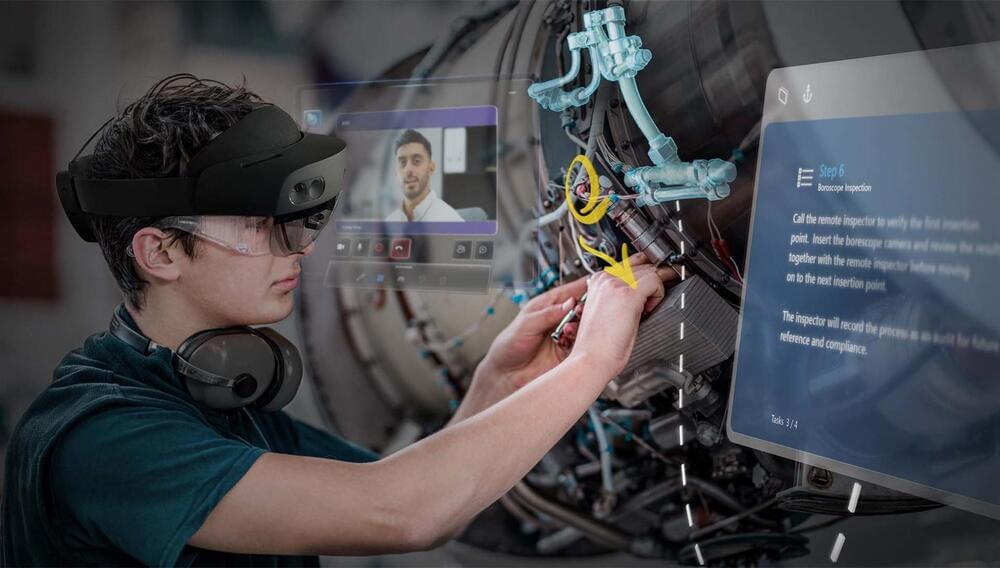
A video released by a Chinese state broadcaster shows the use of Microsoft Hololens 2 to simulate maintenance on a warplane.
The Chinese military is reported to be utilizing mixed-reality goggles manufactured by Microsoft for equipment maintenance, as shown in a video released by a state broadcaster.
Continue reading “China’s Air Force simulates warplane maintenance with Microsoft headsets” »
Dec 11, 2023
Creating an Audio “Hallucination”
Posted by Saúl Morales Rodriguéz in categories: biotech/medical, holograms, military
Producing fake sound reflections that simulate the presence or absence of an object could allow the military to hide assets underwater.
A hologram plate simulates the presence of a three-dimensional object by reflecting the appropriate light waves. Now researchers have demonstrated an equivalent behavior with sound by precisely mimicking the acoustic pattern scattered from an object [1]. The technique could be useful in military efforts to hide or disguise underwater objects, or it may be useful in modifying the reflected sounds of objects so that they are easier to identify by people with impaired vision.
The sound waves reflected from an object can be used to reconstruct its position and shape, an idea routinely exploited in sonar and ultrasound imaging. In principle, using similar concepts, a cleverly produced pattern of scattered waves streaming out of a small region could signify that an object is present when it is not. Several recent attempts to realize such “acoustic cloning” have been unsuccessful because of limitations in recording the precise pattern of waves an object reflects, a necessary preliminary step.
Nov 20, 2023
String Theory, Quantum Gravity and Black Holes (Or, Are We Holograms?)
Posted by Dan Breeden in categories: cosmology, holograms, quantum physics
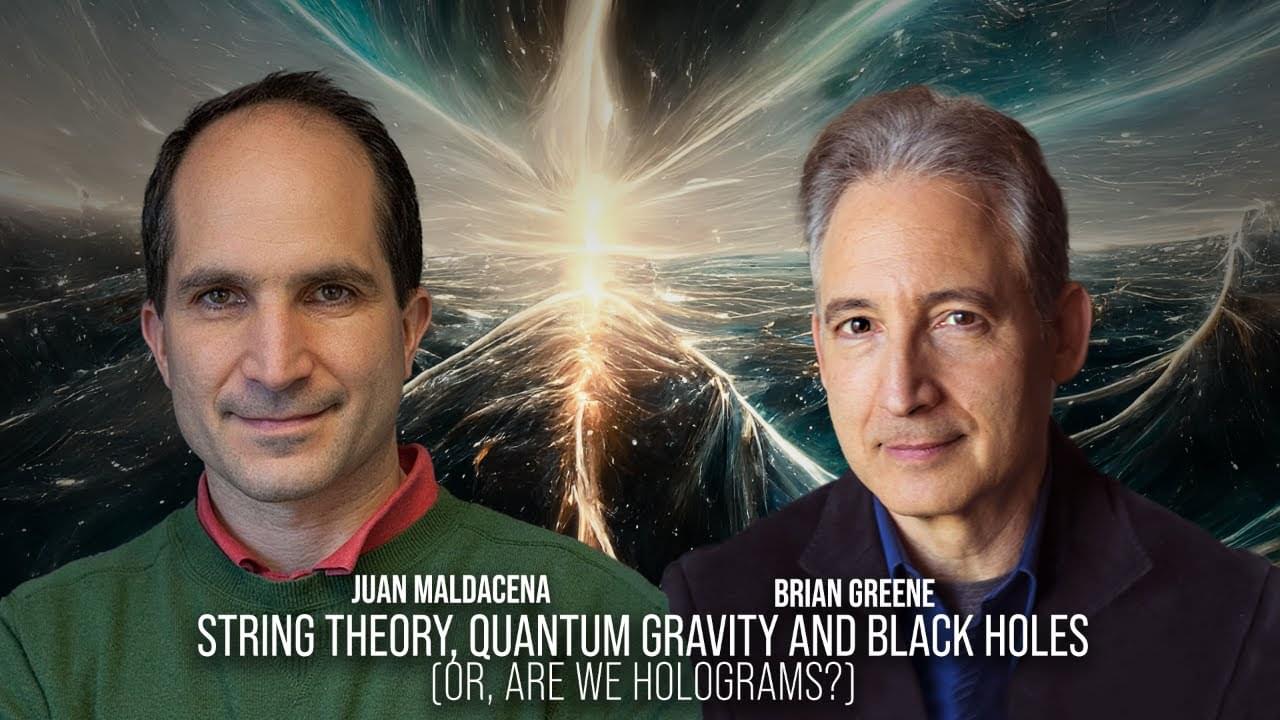
Join Brian Greene and Juan Maldacena as they explore a wealth of developments connecting black holes, string theory, quantum gravity, quantum entanglement, wormholes, and the holographic principle.
This program is part of the Big Ideas Series, made possible with support from the John Templeton Foundation.
Continue reading “String Theory, Quantum Gravity and Black Holes (Or, Are We Holograms?)” »

